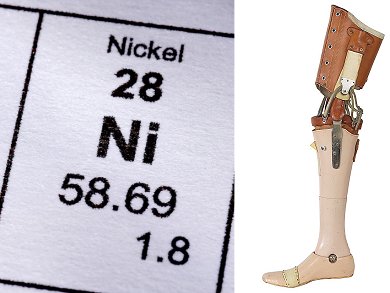The human skin senses mechanical stimuli, such as touch and pressure, in the form of electrical nerve impulses. Moreover, it regenerates itself following injury. Ideally, when creating a synthetic skin, these features have to be reproduced using flexible, electrically conductive and self-healing materials. Combining these properties is, however, challenging as the present self-healing materials do not conduct electricity.
Benjamin Tee and colleagues, Stanford University, USA, report a way around this issue. By incorporating chemically compatible nickel nanoparticles into a supramolecular organic polymer, the researchers created a novel composite which combines the self-healing properties of the organic polymer with the high electrical conductivity of metal nanoparticles. Thanks to this strategy, the scientists obtained the first flexible conductive material that mimics human skin’s properties: It could sense pressure and self-heal itself after being repetitively damaged.
This material has, therefore, important applications in the field of bio-prosthetics.
- An electrically and mechanically self-healing composite with pressure- and flexion-sensitive properties for electronic skin applications,
B. C. Tee, C. Wang, R. Allen, Z. Bao,
Nat. Nanotechnol. 2012.
DOI: 10.1038/nnano.2012.192




